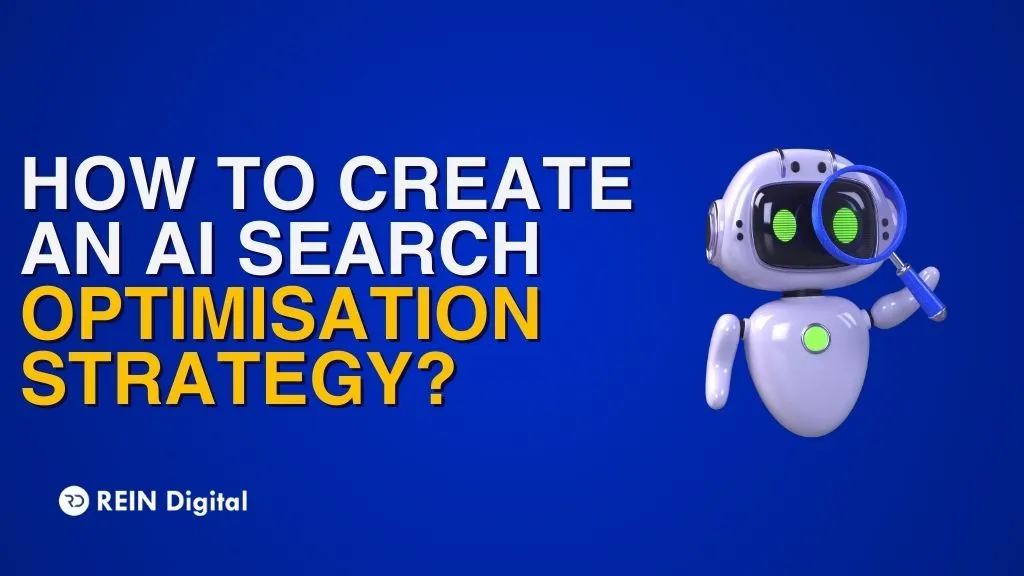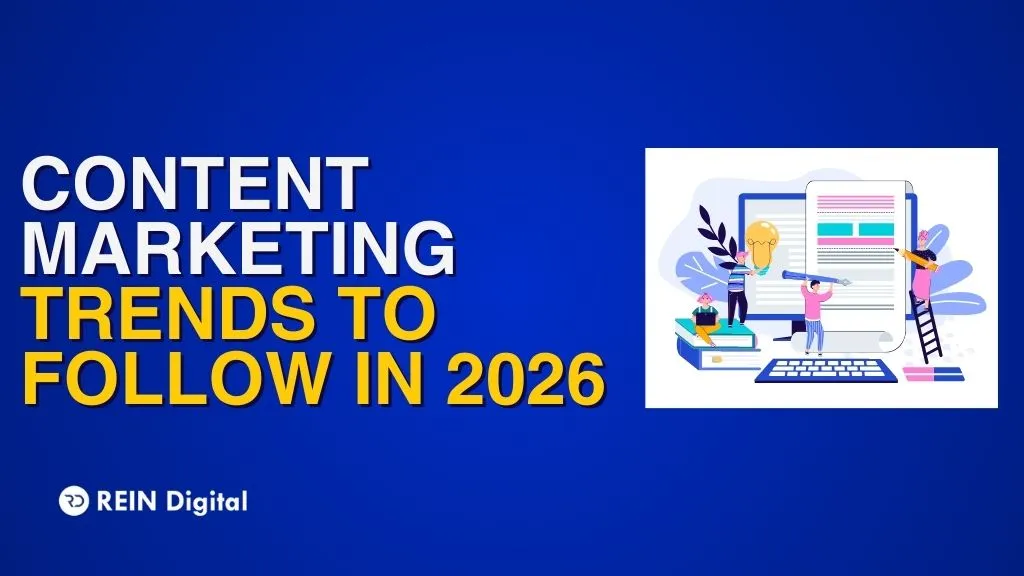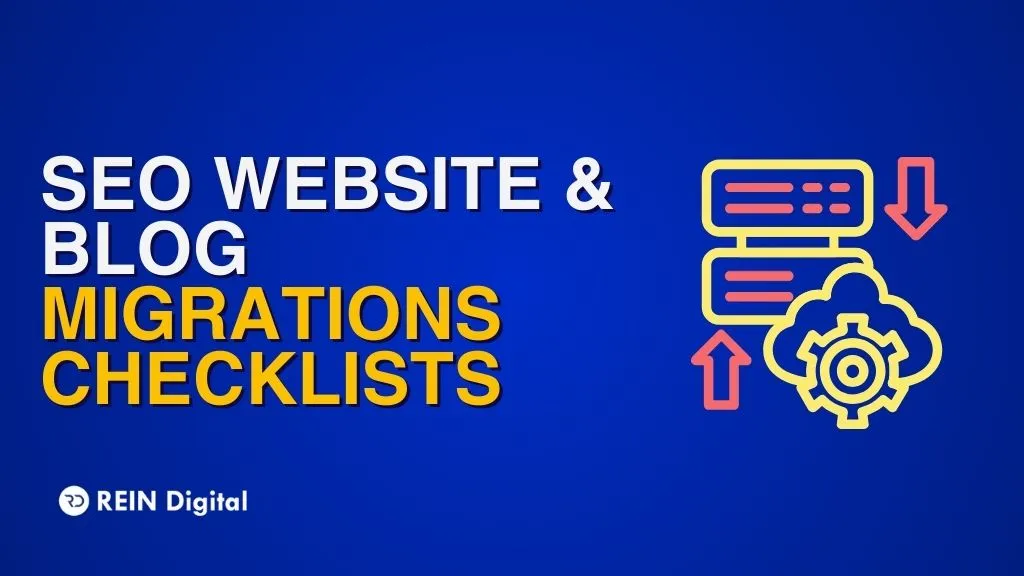
Ever clicked on an ad that promised you free templates… and landed on a page that practically begged you for your email address?
Yup. That, my friend, is a landing page. Now, before you roll your eyes and say, “Okay, but what is a landing page really?” — let’s break it down.
A website landing page is not your homepage. It’s not your blog. And it’s definitely not that “About Us” page you forgot to update in 2019. It’s a dedicated, standalone page built for one job only: to make people do something specific — like sign up, buy, download, register, or cry happy tears over your offer.
So if you've been Googling things like “landing page meaning” or “what is a landing page on a website”, or wondering why marketers can’t stop raving about them, you're in the right place.
In this guide, we're gonna unpack it all.
What Is a Landing Page?
A landing page is a single, focused webpage that exists for one reason: to convert.
Whether that means getting someone to fill out a form, download a freebie, book a call, or buy a thing right now — that’s its only job. No menus. No rabbit holes. Just action.
Unlike your homepage (which is more like the front door of your brand), a website landing page is like a direct VIP entrance with a giant neon sign that says: “Hey, do this one thing!”
Still wondering what a landing page is on a website?
Here’s the real difference:
Your homepage is built for exploration.
Your landing page is built for results.
Also Read: SEO Checklist for Small Businesses
Key Elements of a High-Converting Landing Page
Now that we’ve got the landing page meaning out of the way, let’s break down what separates a normal page from one that straight-up prints conversions.
Here’s what your website landing page absolutely needs to not flop:
1. A Headline That Slaps
You’ve got 3 seconds (if that) to grab attention.
Your headline should be clear, benefit-driven, and punchy. Think:
“Lose the weight. Keep the pizza.”
Not: “Welcome to our nutritional solutions platform.”
2. Focused, No-Fluff Content
Every word should nudge your visitor toward the goal. No extra tabs, no wandering paragraphs, no “fun facts.”
Keep it lean. Keep it persuasive. Talk like a human.
3. One Clear Call to Action (CTA)
Want them to download the ebook? Say that. Want them to sign up? Say that.
Make the button big. Make it bold.
Repeat it at least twice on the page — once above the fold and again at the end.
4. Trust Signals (AKA “Why should I believe you?”)
People don’t just click — they verify.
Add testimonials, logos of clients, reviews, star ratings, guarantees — whatever helps you build trust in that tiny window of time.
5. Clean, Mobile-Friendly Design
If your page doesn’t look good on a phone, it’s basically invisible in 2025.
Mobile = majority. Make sure the layout adjusts smoothly and the CTA button isn’t hiding behind a rogue pop-up.
6. Visuals
High-quality images, short explainer videos, or even a scroll-stopping GIF can keep visitors engaged.
Just please — no cheesy stock photos of handshakes and forced smiles.
Different Types of Landing Pages
So we know what a landing page is. But guess what? Not all landing pages are cut from the same cloth. There's more than one flavor — and each one’s built for a different job.
Knowing which kind of website landing page to use can literally make or break your campaign.
Let’s unpack the main types:
1. Lead Generation Landing Pages
These are the MVPs for capturing email addresses, names, phone numbers, and whatever details you need to build a list or follow up.
Perfect for:
– Free trials
– Ebooks
– Newsletters
– Webinars
Pro tip: Keep your form short. The more fields you add, the faster people ghost.
2. Click-Through Landing Pages
This one’s a warm-up act. It doesn’t sell directly — it preps the visitor to click through to your main offer.
No form, just benefits and a big fat CTA button.
Perfect for:
– Product launches
– SaaS signups
– Sales funnels that need “pre-frame” pages
3. Sales Landing Pages
No messing around here. This page is built to close. It explains the offer, handles objections, throws in social proof, and ends with a strong CTA.
Think of it as your best sales rep, minus the awkward small talk.
4. Event or Webinar Pages
You’ve got an event. You want people there. This page’s only job? Get signups.
Should include the “what, when, where, and why this is worth their time.”
No matter which one you pick, the goal stays the same: one action, one purpose, one CTA.
How to Actually Build a Landing Page That Converts?
Alright. So you’re thinking, “Cool, cool, I get the concept... but how do I even make one?”
Good news: You don’t need to be a designer, a coder, or someone who drinks three coffees before 9 AM.
Here’s how to build a website landing page from scratch — without pulling your hair out:
1. Use a Landing Page Builder
There are tons out there: Unbounce, Leadpages, Instapage, even HubSpot.
Pick one that feels light in the pocket and easy to use. Most come with templates, so you don’t have to start from a blank canvas (bless).
2. Start With a Template
Choose one that matches your goal — lead gen, click-through, sales, whatever.
Then customize: Add your brand colors, change the text, swap in your images, and boom — it’s starting to look legit.
3. Keep Your Audience in Mind
Before you write a single word, ask yourself:
“What’s the ONE thing my visitor wants?”
Speak to that. Cut the noise. Be human. If you wouldn’t say it out loud, don’t put it on the page.
4. Connect It to a Campaign
This is where most people mess up.
You have to link your landing page to a specific marketing effort:
– A Facebook ad
– A Google Search campaign
– An email blast
– A “link in bio” on Insta
Sending random traffic? It won’t convert.
But a tight message + the right traffic = chef’s kiss conversions.
And just like that, you’ve built a landing page.
It’s not about being perfect. It’s about being clear, helpful, and easy to say yes to.
How to Drive Traffic to Your Landing Page
So you've built this slick, optimized, crystal-clear website landing page.
Now what? You can’t just sit back and hope people magically find it. That’s not how the internet works, my friend.
You gotta send people there — the right people. Here's how to do that without selling your kidney to pay for ads.
1. Organic Search (SEO for the win)
Yep, old-school still works.
Target long-tail keywords like “free Instagram caption templates for small business” or “how to write a cold email that doesn’t suck.”
Make sure your headline matches your meta title. And your CTA? Above the fold, please.
That’s how you earn clicks and conversions.
2. Email Campaigns
Already have a list? Perfect. Send your landing page to them directly.
Short email. Big button. Clear message.
You’re not selling — you’re solving a problem.
3. Social Media Posts
Share your landing page link in a way that feels natural.
Drop it in a helpful Reel, a LinkedIn post, a Twitter thread, or a casual “btw, here’s something useful” Instagram Story.
People click when it feels like it’s for them, not a desperate ad.
4. Paid Ads (But keep it tight)
Running paid search or social ads?
Don’t send people to your homepage. Send them straight to your landing page — that’s the whole point.
Make sure the ad copy matches the page copy. Consistency = trust = clicks.
5. Partner or Vendor Links
Have collaborators, vendors, or referral partners? Ask them to link to your landing page instead of your homepage.
It’s more targeted, and let’s be real, way more likely to convert.
One small bonus tip?
Make your content shareable.
Add a social share button. Or even a cheeky line like: “Loved this? Send it to a friend who needs it more than you.”
People love sharing good stuff. You just have to remind them.
Best Practices for Landing Pages
Let’s face it — even the best-intentioned landing pages can flop if you miss a few key tricks (or fall into common traps). So here’s your quick-hit list of what to do and what to never ever do again.
Do This:
- Define ONE clear goal
Don’t confuse visitors with too many CTAs. Stick to one ask, one action. - Target the right audience
Speak directly to their needs, pain points, and what they’re looking for. - Keep it fast
Page loading slowly? Say bye to conversions. Compress images and ditch the clutter. - Use testimonials + social proof
People trust people. Add reviews, ratings, logos, or screenshots. - Make it mobile-friendly
Majority of users scroll on phones — don’t ignore them. - Match your H1 to your ad/email
If they clicked for “free templates,” the headline better say “free templates.” - Repeat your CTA
Above the fold, in the middle, and near the bottom. People scroll. Remind them. - Use video if possible
Short videos = better engagement = higher conversions.
Don’t Do This:
- Don’t send paid traffic to your homepage
Huge mistake. Your homepage isn’t focused enough to convert cold leads. - Don’t clutter the page
No sidebars, pop-ups, or 7 things fighting for attention. - Don’t bribe for actions
It feels off. Offer real value instead. - Don’t make users “figure it out.”
Be direct. Be clear. No one has time to decode your pitch.
Final Thought
A website landing page isn’t magic — but when done right, it feels like it.
It takes your scattered traffic and turns it into clear action. And honestly? Once you get the hang of it, you’ll wonder how you ever ran campaigns without one.
So now that you know the landing page meaning, how to build one, and what not to do, go ahead. Start small. Test it out.
Because one good landing page can change everything.














